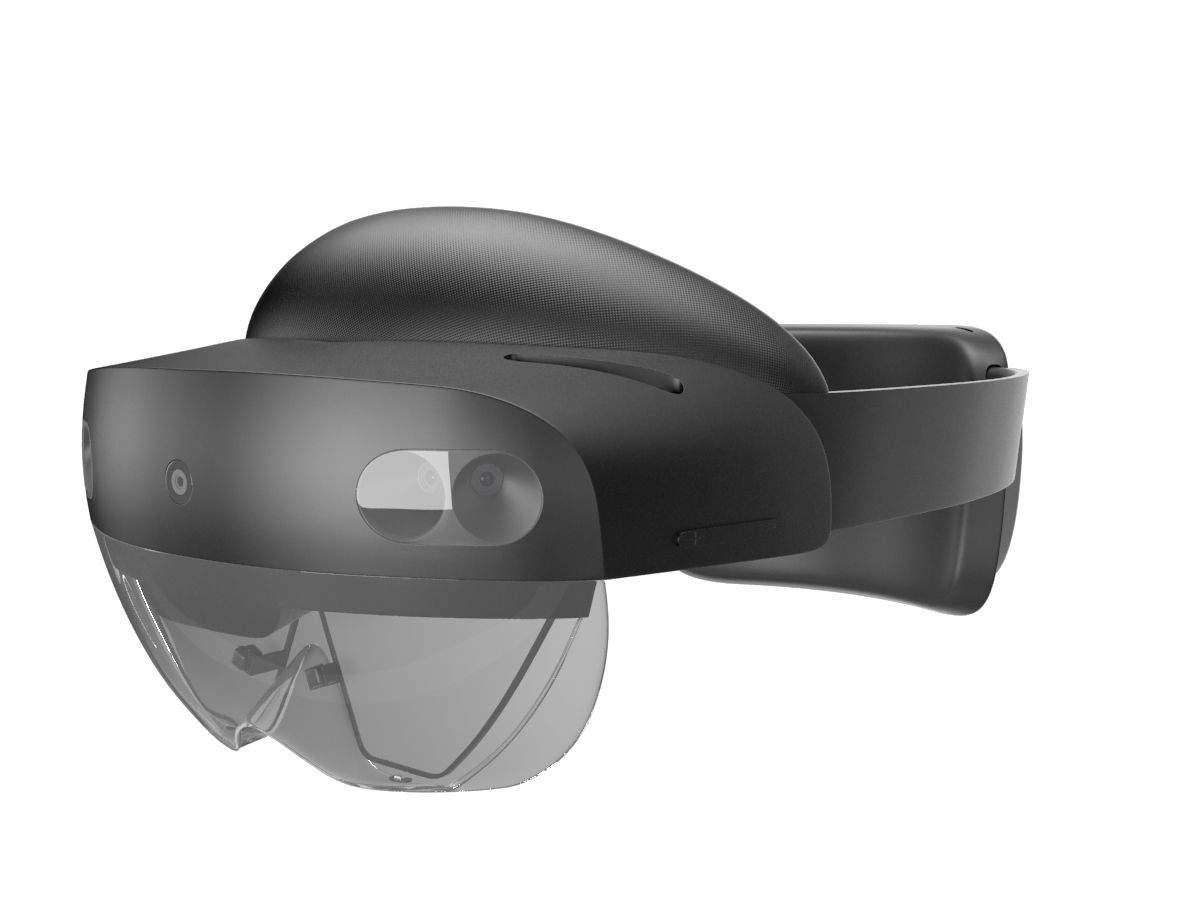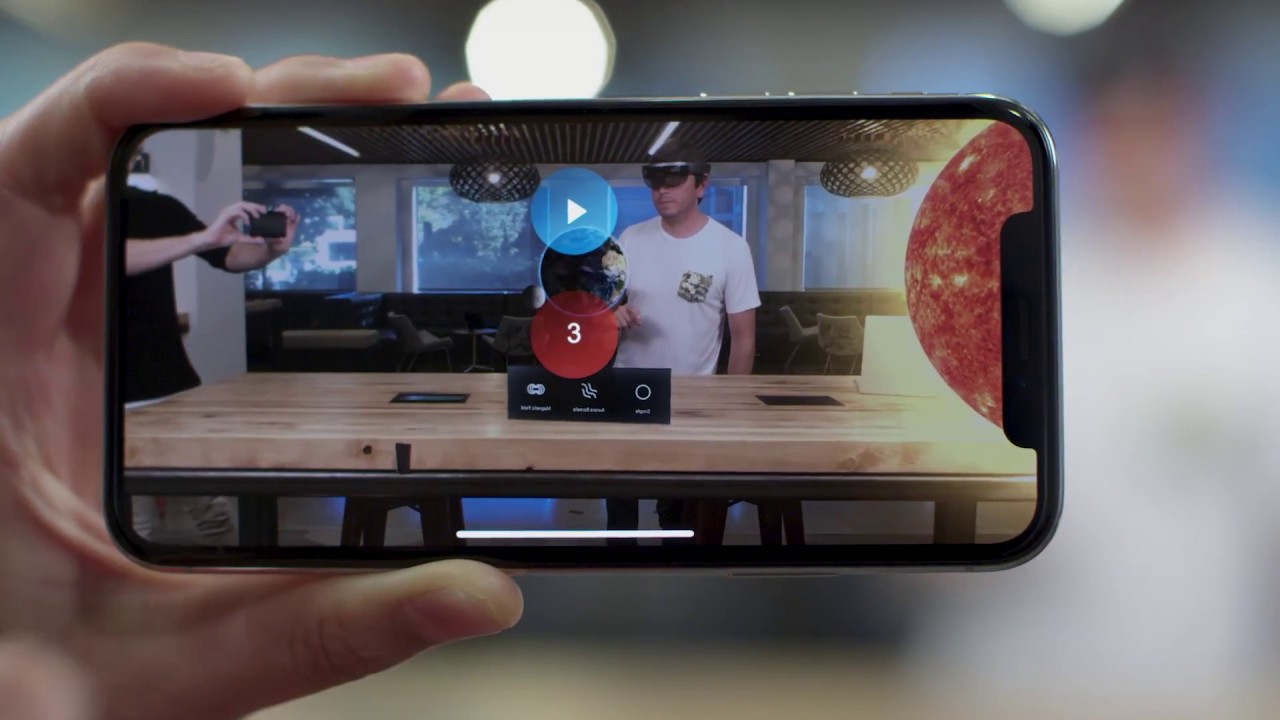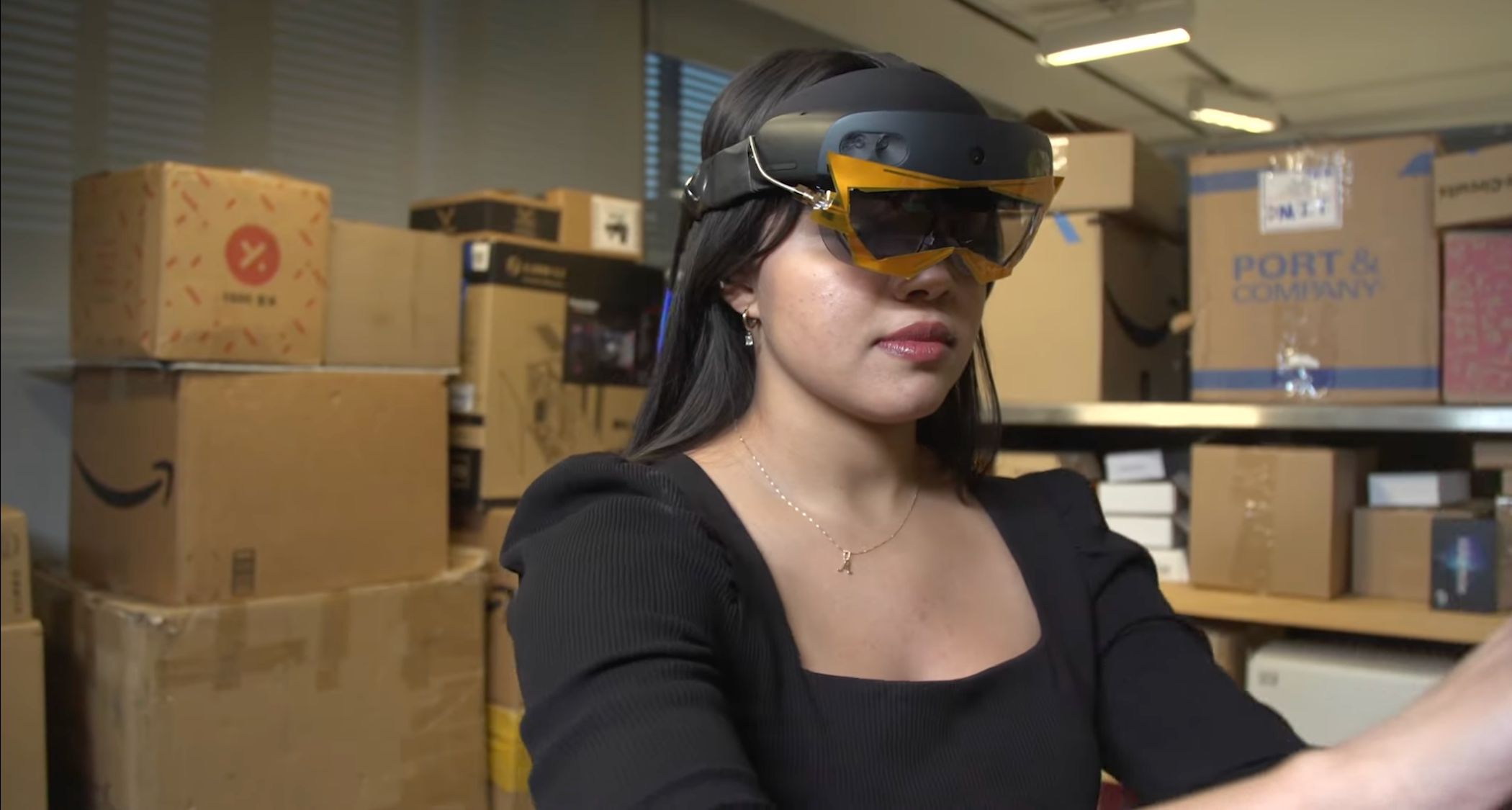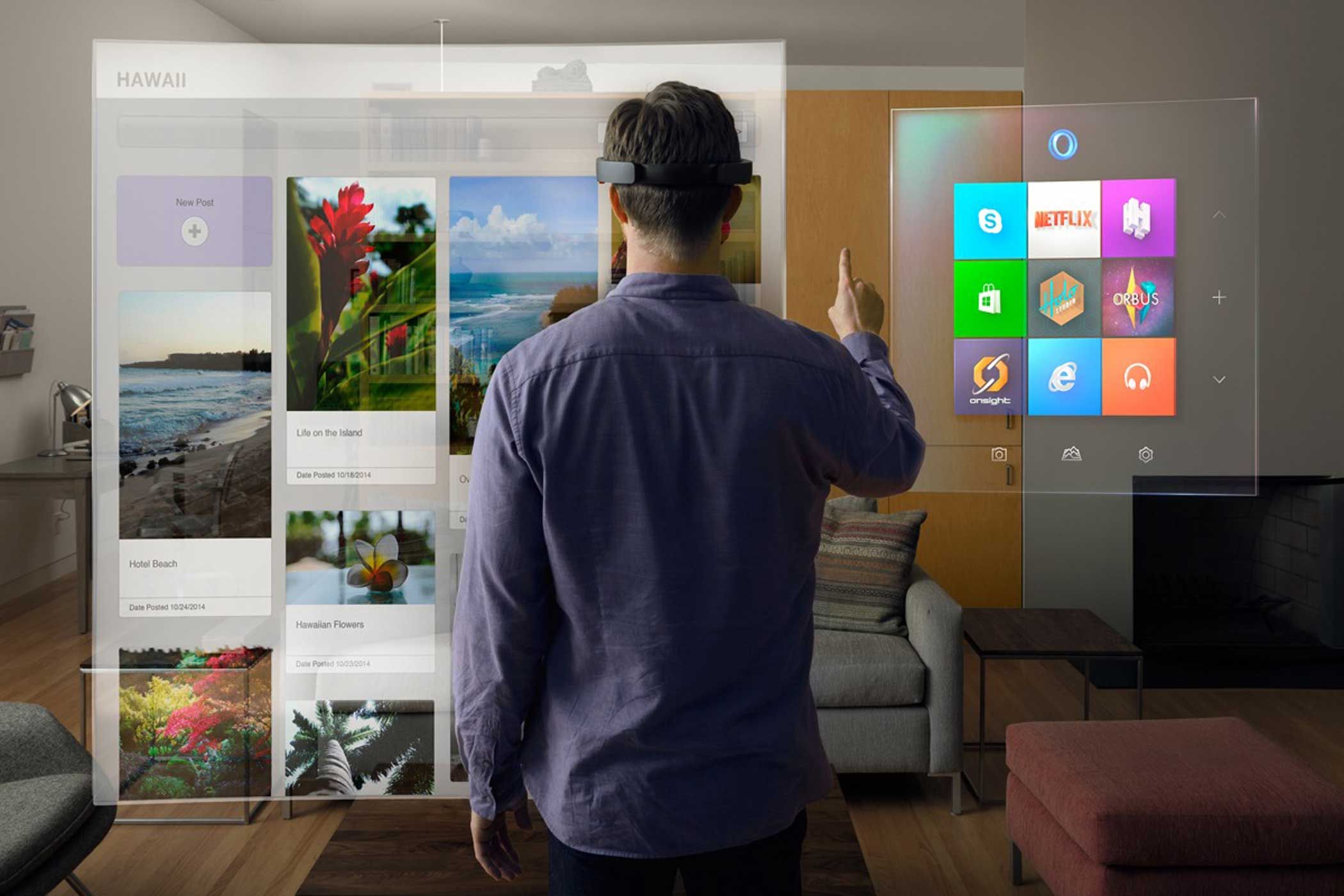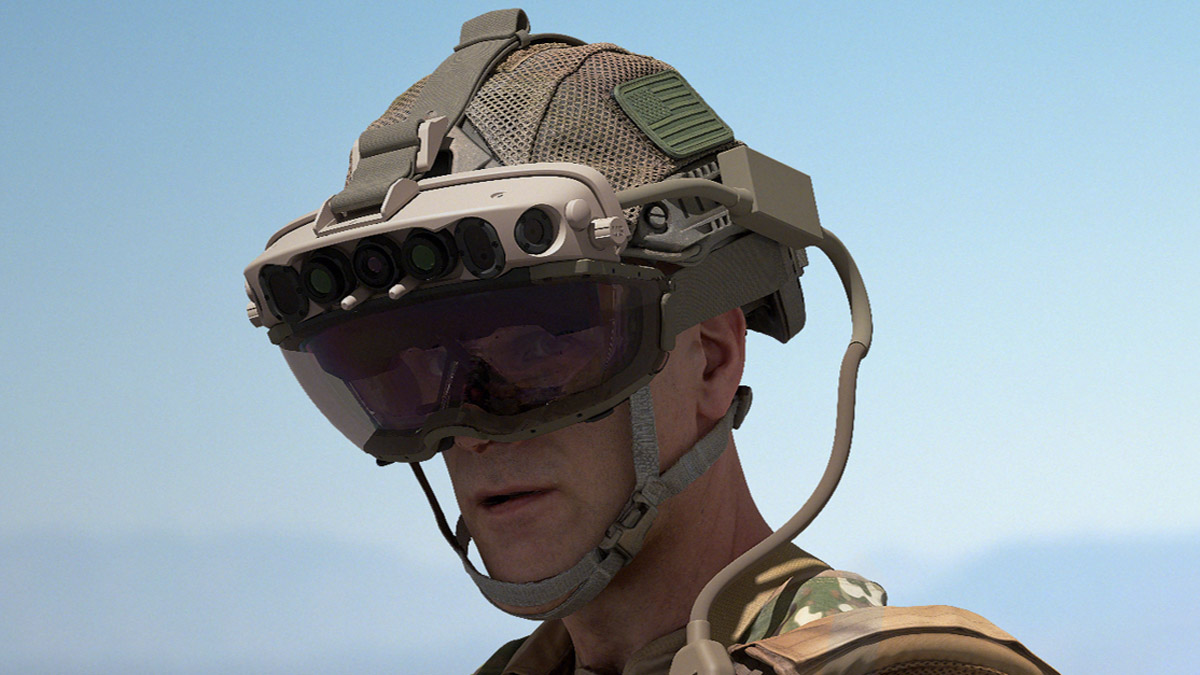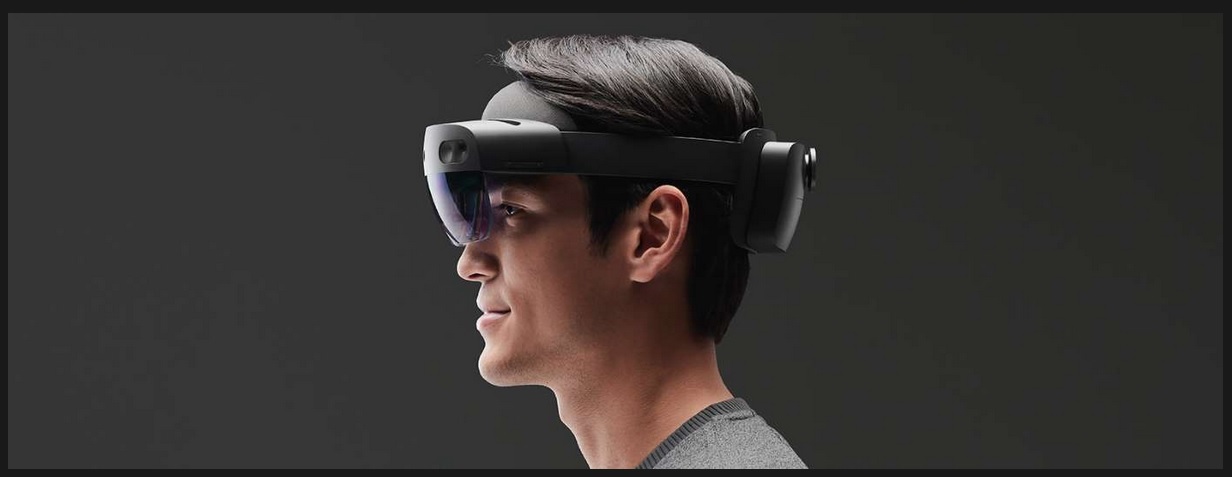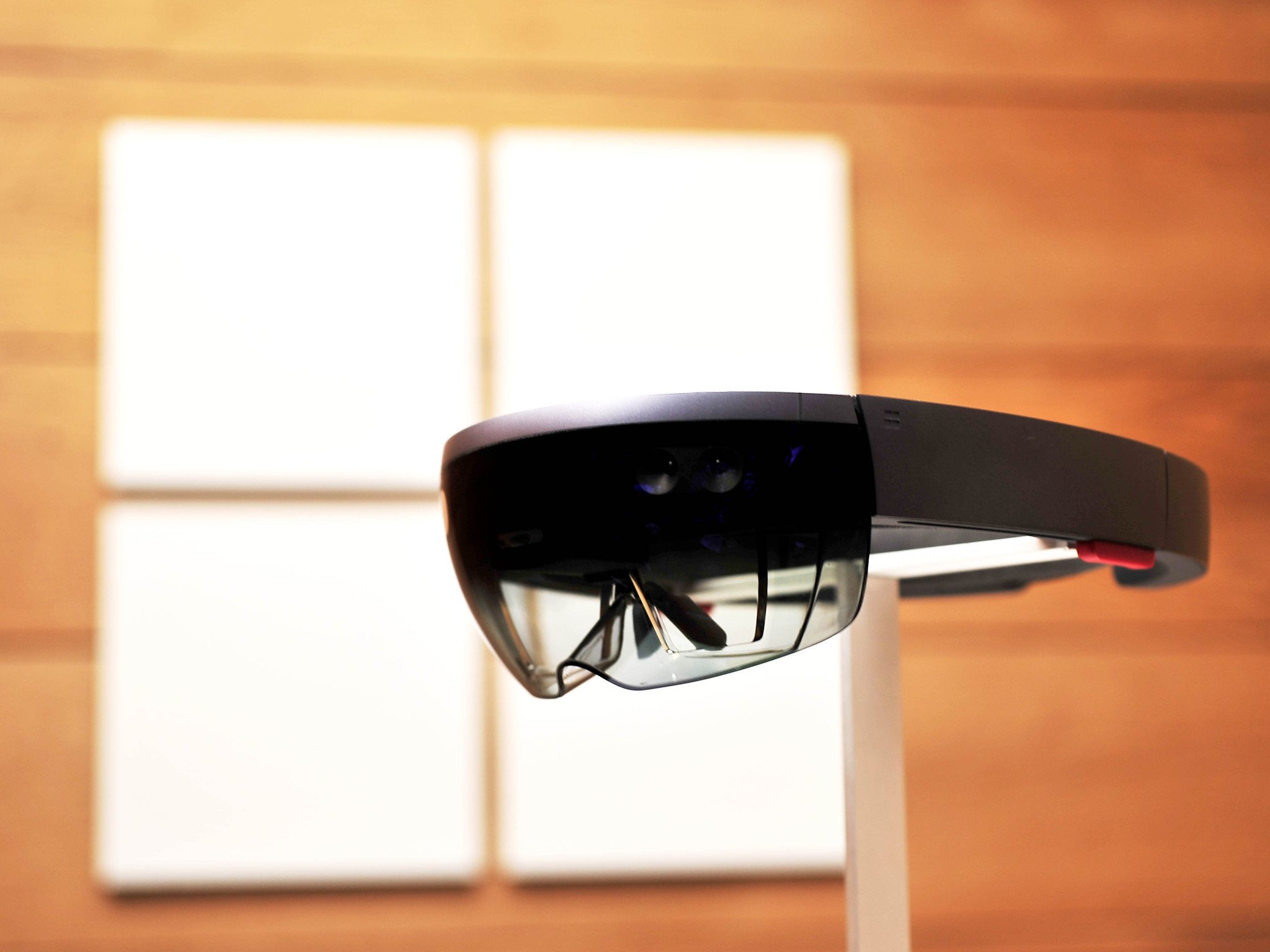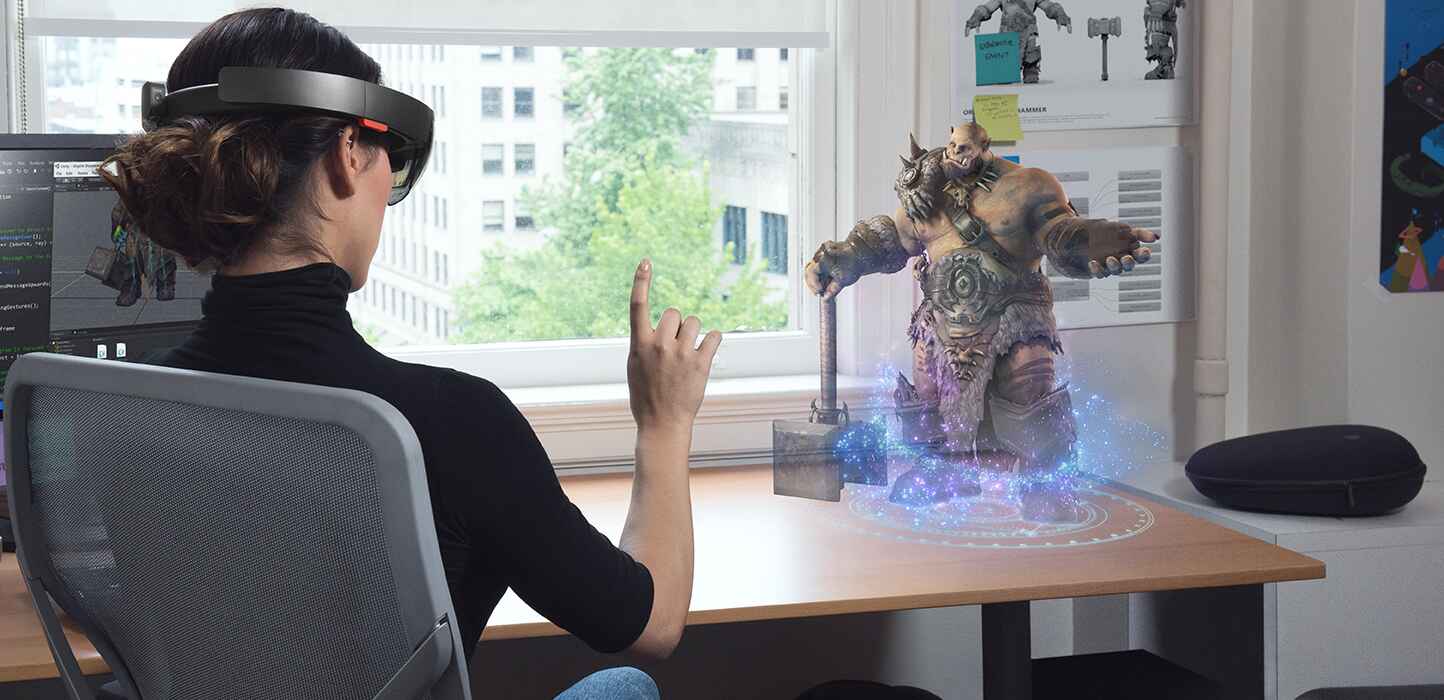Introduction
The HoloLens, developed by Microsoft, is an innovative mixed reality headset that combines the virtual world with the real world. With its advanced technology, the HoloLens can overlay interactive holograms onto the user’s field of view, creating an immersive and interactive experience.
One of the key components that enables the HoloLens to merge the digital and physical realms is its camera system. The HoloLens is equipped with several types of cameras, each serving a specific purpose and contributing to the device’s overall functionality. These cameras work in tandem to capture and process visual information, allowing users to interact with holograms and the real world simultaneously.
In this article, we will explore the different types of cameras found in the HoloLens and their respective functions. We will delve into the depth camera, infrared camera, RGB camera, and the LifeCam HD camera. Additionally, we will discuss how the cameras are located within the HoloLens and how they are utilized in various applications.
Understanding the role of each camera in the HoloLens will not only enhance our knowledge of the device’s capabilities but also shed light on the impressive technology behind mixed reality experiences. So, let’s dive into the world of HoloLens cameras and discover the magic they bring to this cutting-edge headset.
Camera Types in HoloLens
The HoloLens is equipped with several types of cameras that work in synergy to capture and interpret visual information. Let’s explore each of these camera types:
1. Depth Camera: The depth camera, also known as the time-of-flight (ToF) camera, accurately measures the distance between the HoloLens and objects in its field of view. It uses infrared light to calculate the time it takes for the light to bounce back, allowing it to create a detailed 3D map of the environment. This depth information is crucial for precisely placing holograms in the real world, enabling realistic and seamless interactions.
2. Infrared Camera: The infrared camera in the HoloLens detects infrared light emitted by objects and reflects it back to capture the infrared spectrum. This is especially useful in low-light conditions, as the camera can still capture clear images by relying on heat signatures rather than visible light. By combining the information from the infrared camera with other cameras, the HoloLens can achieve accurate depth perception and object recognition.
3. RGB Camera: The RGB camera functions similarly to a conventional digital camera, capturing images in full color. It allows the HoloLens to capture the user’s view of the real world and blend it seamlessly with holograms, creating an immersive mixed reality experience. The RGB camera plays a vital role in providing visual context and making the holograms appear more realistic and integrated into the user’s surroundings.
4. LifeCam HD Camera: The HoloLens also features an external camera port that enables users to connect a LifeCam HD camera. This additional camera expands the HoloLens’ capabilities, allowing for even more sophisticated and immersive experiences. The LifeCam HD camera offers high-resolution image and video capture, improving the overall visual quality and providing users with the ability to capture and share their mixed reality adventures.
These various camera types work together to create a comprehensive visual representation of the user’s environment. By combining depth data, infrared information, and full-color imagery, the HoloLens can accurately place holograms in the real world and deliver a seamless mixed reality experience.
Depth Camera
The depth camera, also known as the time-of-flight (ToF) camera, is a crucial component of the HoloLens. It plays a pivotal role in capturing and interpreting depth information, enabling the device to accurately understand the user’s surroundings and seamlessly integrate holograms into the real world.
The depth camera utilizes infrared light to measure the distance between the HoloLens and objects in its field of view. It emits infrared light and measures the time it takes for the light to bounce back to the camera. By calculating the time-of-flight of the infrared light, the depth camera can determine the precise distance between the HoloLens and objects, creating a detailed 3D map of the environment.
This depth information is crucial for placing holograms accurately within the user’s real world. By using depth cues, such as surface contours and spatial dimensions, the HoloLens can ensure that holograms appear anchored to physical objects, creating a convincing mixed reality experience.
The depth camera in the HoloLens allows for various interactive experiences that utilize spatial mapping and understanding. For example, users can place virtual objects on real surfaces, such as a table or floor, and the HoloLens can recognize and maintain their position relative to the physical environment. This feature enables users to walk around and interact with holograms as if they were tangible objects in the real world.
Besides spatial mapping, the depth camera also contributes to advanced hand tracking capabilities in the HoloLens. By accurately capturing hand movements and gestures, it allows users to manipulate holograms with precision and intuitiveness. This adds a layer of interactivity and realism to the mixed reality experience.
Overall, the depth camera in the HoloLens is responsible for capturing depth information, allowing for accurate spatial mapping, seamless hologram integration, and interactive hand tracking. It is a critical component that enhances the immersiveness and realism of mixed reality experiences on the HoloLens headset.
Infrared Camera
The HoloLens is equipped with an infrared camera that plays a crucial role in capturing visual information in low-light conditions and enhancing the overall capabilities of the device. This camera detects and captures infrared light, which provides valuable data for depth perception and object recognition.
Unlike conventional cameras that rely on visible light, the infrared camera in the HoloLens captures the infrared spectrum. This allows it to detect heat signatures and differences in temperature, providing valuable information about the environment. In low-light situations or dark environments where the visibility of objects is compromised, the infrared camera can still capture clear and detailed images.
With the use of the infrared camera, the HoloLens can accurately perceive depth by combining the depth information from the depth camera with the infrared data. This combination helps create a more precise depth map of the surroundings, resulting in more accurate hologram placement and interactions with the real world.
The infrared camera’s ability to detect heat signatures also enables the HoloLens to identify objects and perform object recognition. By analyzing the unique heat patterns emitted by different objects, the HoloLens can classify and differentiate objects in the user’s field of view. This feature enhances the interaction between holograms and physical objects, opening up possibilities for object recognition-based applications.
Furthermore, the infrared camera can help detect and track motion. By recognizing heat patterns and changes in the surroundings, the HoloLens can track the movement of objects and users, allowing for more dynamic and interactive mixed reality experiences.
The infrared camera in the HoloLens is a valuable component that enhances the device’s capabilities in low-light conditions, enables accurate depth perception, facilitates object recognition, and contributes to the overall immersive experience. By capturing and interpreting infrared light, the HoloLens can deliver realistic mixed reality experiences regardless of environmental lighting conditions.
RGB Camera
The RGB camera in the HoloLens is responsible for capturing full-color images and videos of the user’s real-world view. It enables the device to seamlessly merge virtual holograms with the actual environment, creating an immersive mixed reality experience.
The RGB camera functions similarly to a traditional digital camera, capturing images with red, green, and blue (RGB) color channels. By capturing the user’s view in full color, the HoloLens can accurately blend holograms with the physical world, making them appear more realistic and integrated.
With the RGB camera, the HoloLens can capture textures and details of the real world, such as the colors of objects, the texture of surfaces, and the lighting conditions. This information is crucial for the proper rendering and placement of holograms, ensuring that they seamlessly fit into the user’s environment.
In addition to color information, the RGB camera also captures visual context. It provides the HoloLens with a reference point for hologram placement and orientation. By analyzing the real-world view captured by the RGB camera, the HoloLens can align holograms with physical objects, making them appear convincingly anchored to the user’s surroundings.
The RGB camera also enhances user interactions with holograms. For example, it allows users to take photos or videos of the mixed reality experiences they are engaging in. By capturing the user’s perspective with the RGB camera, these media files can be shared and enjoyed, allowing others to see the immersive world the user experienced through the HoloLens.
The RGB camera in the HoloLens significantly contributes to the overall visual quality and immersion of mixed reality experiences. By capturing the real-world view in full color and providing visual context, it ensures that holograms seamlessly blend with the user’s surroundings, creating a truly believable and interactive mixed reality experience.
LifeCam HD Camera
In addition to its built-in cameras, the HoloLens features an external camera port that allows users to connect a compatible LifeCam HD camera. This external camera enhances the capabilities of the HoloLens, offering high-resolution imagery and expanding the range of possibilities for mixed reality experiences.
The LifeCam HD camera provides users with the ability to capture high-quality images and videos while wearing the HoloLens. By connecting the external camera to the HoloLens, users can document their mixed reality experiences, preserving their memories and sharing them with others.
With its high-resolution capabilities, the LifeCam HD camera captures images and videos with exceptional clarity and detail. This ensures that the recorded content accurately represents the immersive world experienced through the HoloLens, allowing others to see and appreciate the full extent of the mixed reality environment.
The LifeCam HD camera also opens up possibilities for more advanced content creation and interaction. Users can utilize the external camera to create mixed reality videos, live streaming events, or even conduct virtual presentations. The high-resolution imagery provided by the LifeCam HD camera enriches the overall visual quality and enhances the professional appeal of these activities.
Furthermore, the LifeCam HD camera allows for augmented reality collaborations and remote assistance scenarios. Users can share their real-time video feed with others, enabling assistance or collaboration from a different location. This expands the potential use cases for the HoloLens, making it a versatile tool for remote work, education, and other collaborative endeavors.
The ability to connect an external LifeCam HD camera to the HoloLens demonstrates the device’s flexibility and adaptability. It extends the HoloLens’ capabilities, enabling users to capture and share their mixed reality experiences in high resolution, engage in advanced content creation, and facilitate remote collaboration.
Overall, the LifeCam HD camera adds an additional dimension to the HoloLens, enhancing the visual quality, extending the range of possibilities, and fostering collaboration in mixed reality environments.
Locating and Using the Cameras
Understanding the locations and functions of the cameras in the HoloLens is essential for effectively utilizing their capabilities. Let’s explore how the cameras are located within the device and how they can be used:
The depth camera, infrared camera, and RGB camera are all integrated seamlessly into the HoloLens headset itself. They are strategically positioned to capture the user’s field of view and collect visual information. The depth camera and infrared camera are located on the front of the device, while the RGB camera is situated above the display, ensuring a comprehensive coverage of the surroundings.
Using these cameras is seamless and intuitive. As users wear the HoloLens, the cameras automatically capture and process visual data, allowing for real-time interaction and integration with holograms. Users do not need to toggle or activate the cameras manually; they are always ready to capture and contribute to the mixed reality experience.
When it comes to the external LifeCam HD camera, users can connect it to the HoloLens via the dedicated camera port. This port allows for easy integration, ensuring that the external camera works seamlessly with the HoloLens device. Once connected, the LifeCam HD camera can be used in various scenarios for capturing high-resolution images and videos, conducting presentations, or facilitating remote collaboration.
To maximize the potential of the cameras, it is important to understand the software and interfaces that enable camera functionality within the HoloLens. The HoloLens operating system provides developers with tools and APIs to access camera data, enabling them to create immersive mixed reality applications that leverage the camera capabilities. Users can navigate and interact with holograms using hand gestures or voice commands, relying on the camera data to accurately track and interpret their movements.
Overall, locating and using the cameras in the HoloLens is a straightforward process. The integrated cameras automatically capture visual data, allowing for seamless interaction and integration with holograms. The external LifeCam HD camera expands the HoloLens’ capabilities further, offering high-resolution imaging and enabling advanced content creation and collaboration.
Understanding how to utilize these cameras effectively empowers users to fully immerse themselves in the mixed reality world of the HoloLens and unlock its vast potential.
Camera Applications in HoloLens
The cameras in the HoloLens open up a world of possibilities for various applications, enhancing user experiences and enabling innovative use cases. Let’s explore some of the key camera applications in the HoloLens:
1. Spatial Mapping and Hologram Placement: The depth camera and RGB camera work in tandem to create a detailed 3D map of the user’s surroundings. This spatial mapping capability allows the HoloLens to accurately place holograms in the real world. Users can place virtual objects on tables, floors, or other surfaces and see them interact with the physical environment. This feature enables a wide range of applications, from interior design and product visualization to educational demonstrations and gaming experiences.
2. Object Recognition and Interaction: By integrating depth information, infrared data, and visual context from the RGB camera, the HoloLens can recognize and interact with physical objects. Users can point their gaze at an object, and the HoloLens can identify it and provide relevant information or interact with it virtually. This technology opens up possibilities for applications in fields such as retail, manufacturing, and education.
3. Hand Tracking and Gestural Interaction: The cameras in the HoloLens enable precise hand tracking and gesture recognition. Users can manipulate holograms with their hands, such as grabbing and resizing objects, or even using hand gestures as input for applications. This natural and intuitive interaction enhances user engagement and makes the HoloLens a versatile tool for virtual training, user interfaces, and immersive storytelling.
4. Mixed Reality Content Creation: The external camera port on the HoloLens allows users to connect an external LifeCam HD camera for enhanced content creation. This external camera provides high-resolution image and video capture, enabling users to record mixed reality experiences in stunning detail. User-generated content can be shared and enjoyed by others, showcasing the endless possibilities of mixed reality storytelling and immersive media.
5. Remote Collaboration and Assistance: The combination of the HoloLens cameras and communication technology allows for remote collaboration and assistance scenarios. By sharing the user’s real-time video feed captured by the cameras, others can provide guidance and support from a different location. This application is particularly valuable for fields such as architecture, healthcare, and telepresence, where experts can remotely guide users by visually interacting with their environment.
These are just a few examples of the camera applications in the HoloLens. As developers continue to innovate and create new experiences, the camera capabilities of the HoloLens will unlock even more exciting and transformative applications across various industries.
Conclusion
The cameras in the HoloLens play a vital role in bringing the mixed reality experience to life. From capturing depth information to detecting infrared light and capturing the real-world view, these cameras enable seamless integration of holograms with the physical environment.
The depth camera, infrared camera, RGB camera, and the external LifeCam HD camera all contribute to the immersive and interactive nature of the HoloLens. The depth camera ensures accurate hologram placement and realistic interactions, while the infrared camera enhances object recognition and tracking capabilities. The RGB camera captures the user’s real-world view, blending it with holograms for a more immersive experience. The external LifeCam HD camera expands the device’s capabilities, allowing for high-resolution image and video capture.
Locating and using the cameras within the HoloLens is intuitive, as they automatically capture visual data, enabling real-time interaction with holograms. Integrating the camera capabilities into various applications such as spatial mapping, object recognition, hand tracking, content creation, and remote collaboration enhances the versatility and transformative potential of the HoloLens.
The cameras in the HoloLens pave the way for new and innovative use cases across industries, with applications ranging from gaming and entertainment to education, healthcare, and remote assistance. As developers continue to leverage the camera capabilities, the possibilities for mixed reality experiences will continue to expand, allowing users to explore immersive worlds and interact with holograms in ways once only imaginable.
With the advancements in camera technology and continuous innovations in mixed reality, the HoloLens and its cameras are revolutionizing the way we interact with digital content, merging the boundaries between the virtual and physical worlds. The future of mixed reality holds exciting possibilities, and the cameras in the HoloLens will continue to be at the forefront of this groundbreaking technology.







